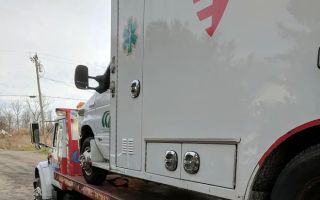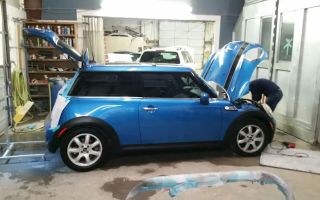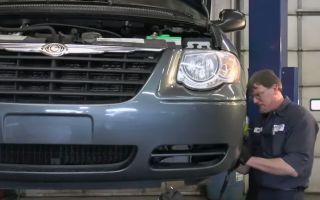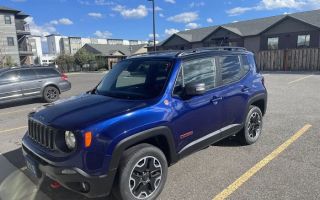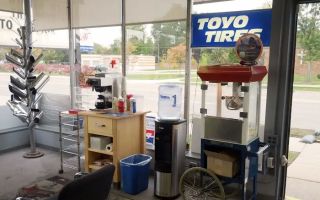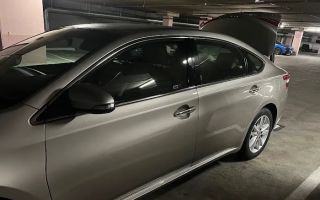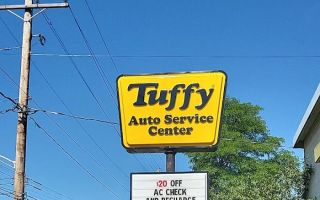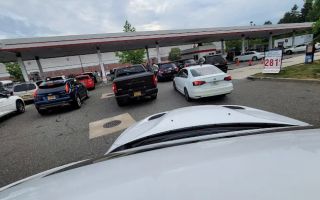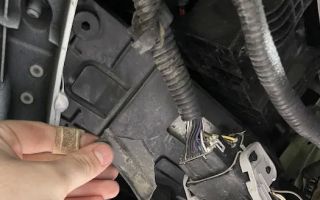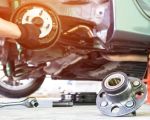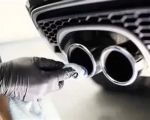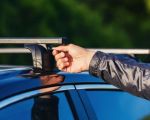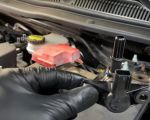Recovering Vehicles after Flood Damage: A Guide to Towing
Flooding can cause immense damage, both to properties and vehicles. Whether it's a flash flood or a hurricane-induced storm, the aftermath often leaves vehicles stranded in waterlogged areas. In my experience, dealing with flood-damaged vehicles requires careful planning and the right knowledge. Not only is towing a flooded car about moving it from point A to point B, but it's also about minimizing further damage and ensuring safety for everyone involved. Over the years, I've been involved in numerous flood recovery operations, and each time, the process has reinforced how vital it is to approach the situation with the right tools and expertise.
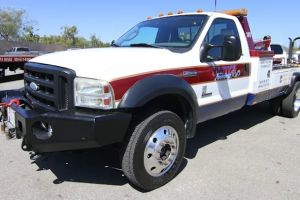
United Towing Service Inc.
26170 Adams Ave, Murrieta, CA 92562, USA
1. The Impact of Flooding on Vehicles
When floodwaters rise, they often infiltrate every part of a vehicle. The undercarriage, engine, interior, and electrical components are all at risk. If you've ever seen a car submerged in water, you know that the damage can be extensive, even in a relatively short amount of time. The longer a vehicle remains submerged, the higher the chance of lasting damage to its critical systems.
Water can destroy the vehicle’s electrical systems, especially if it enters the dashboard and engine bay. The engine might seize, the transmission can get ruined, and the brake system might malfunction. Furthermore, mold can begin to grow within hours in the upholstery, especially in humid environments, causing unpleasant odors and deteriorating materials.
In my own experience, I've seen vehicles that seemed to have minor flooding issues, only to find that the water had seeped into places no one expected, leading to expensive repairs and long-term damage. Understanding how floodwaters can affect a vehicle is the first step in planning a recovery process.
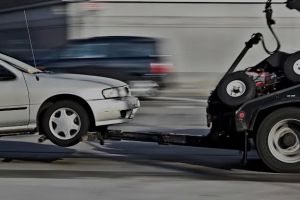
J & J Towing
4560 N Webster Ave, Perris, CA 92571, USA
2. Key Steps to Take When Recovering a Flood-Damaged Vehicle
If you're faced with a flooded vehicle, your first priority is safety. Even before considering towing, it’s crucial to ensure no one is at risk. Once safety is secured, the next step is to assess the damage and determine the best way to proceed with towing.
2.1. Prioritize Safety and Avoid Starting the Engine
If you find yourself dealing with a flooded vehicle, do not attempt to start the engine. Floodwater can cause the engine to seize up, and turning the key might make things worse. In the worst-case scenario, it could lead to the engine’s complete failure, making it even harder to recover. I’ve seen people in panic mode start their flooded vehicles, only to cause irreversible damage. If the car is still running but you suspect flood damage, it’s best to stop and call a professional immediately.
2.2. Contact Professional Towing Services
Flood damage requires a unique approach to towing, which is why it's always best to contact a professional towing service that specializes in flood recovery. Towing a flooded car involves a few different considerations compared to regular towing. The main challenge is ensuring that the vehicle is towed without causing further harm to the drivetrain or other sensitive parts.
In one instance, a friend of mine had to call a towing service when their car was submerged after a flash flood. The towing company arrived with specialized equipment and ensured that the vehicle was carefully hauled out, with the winch lifting it from a point that would minimize additional damage to the suspension and body. Without a professional towing service, handling a flooded car can be overwhelming, especially for those without the experience or equipment to do so safely.
2.3. Towing the Vehicle to a Safe Location
Once the towing service is contacted, they will usually take the vehicle to a safe location, typically a mechanic's garage or a specialized flood recovery facility. It’s essential to take the car to an area where professionals can assess the damage and begin the drying process. Some recovery centers offer services like interior drying, electrical system checks, and engine inspections that are crucial for salvaging a vehicle after flooding.
2.4. Documenting the Damage for Insurance Claims
In the event of a flood, insurance is typically the next step after the vehicle has been towed. If your vehicle is severely damaged, it’s important to document all visible damages for your insurance claim. Take clear photos of the flooded car, including the waterline and any obvious signs of internal damage. Be thorough in documenting the location where the car was found and how it was recovered. Having all this information ready when dealing with your insurer will speed up the claims process, and help ensure you're compensated for the damage.
3. Special Considerations When Towing Flooded Vehicles
Towing a vehicle that's been submerged in floodwater requires special considerations to prevent further damage. As I’ve learned over the years, not all towing methods are suitable for this type of recovery. Let’s dive into some of the special precautions towing companies and individuals need to keep in mind:
3.1. Winching vs. Traditional Towing
In cases where floodwaters have left a vehicle stranded in an unstable area, winching is often the preferred method of towing. Instead of simply pulling the car from the back, winching allows for more controlled lifting, which is important when a vehicle is submerged or stuck in a hazardous position. This method helps to avoid further damage to the vehicle's frame and engine. On the other hand, traditional towing with a flatbed or tow truck may be used if the vehicle is in a more stable location.
3.2. Avoiding Further Damage to Sensitive Components
Floodwaters can get into a vehicle’s engine, brakes, transmission, and electrical systems. Towing a flooded vehicle with minimal damage involves taking extra care to avoid jostling or mishandling the vehicle during transport. Special equipment, like flatbeds or tilt beds, is often used to ensure that the car doesn’t suffer more damage from being lifted improperly. Additionally, vehicles are often transported without the engine being started, which means using more secure towing techniques to prevent tipping or shifting during transit.
3.3. Drying and Repair Services After Towing
Once the vehicle is towed to a safe location, it’s important to begin drying out all the components of the vehicle, especially the interior and electrical systems. The longer a flooded vehicle sits without attention, the more likely corrosion and mold growth will occur. Many towing services offer additional services for flood-damaged cars, such as dehumidifying the interior, drying the carpets, and draining the water from the transmission and engine. A professional will also check for water damage to the electrical systems, ensuring that the vehicle is properly restored after being flooded.
4. Real-Life Stories of Vehicle Towing During Flood Recovery
During a hurricane a few years ago, my neighborhood was severely affected by flooding. I witnessed firsthand the challenges of flood-damaged vehicle recovery. In one case, a local towing company arrived to help a family who had found their car stranded in several feet of water. The vehicle was stuck in a flooded parking lot, with the water almost halfway up the door. The towing company used a winch to safely lift the car from the water without further damaging its undercarriage, and took it to a nearby garage for drying and inspection. Fortunately, the vehicle could be saved, and the family was able to get it back in working order.
In another instance, a local business found itself in the middle of floodwaters, and multiple vehicles were submerged in water. They immediately contacted a towing service, which worked around the clock to remove over a dozen vehicles from the flooded lot. Each vehicle was carefully assessed and dried, with some requiring significant repairs due to electrical damage. This experience showed me how vital towing services are during flood recovery, both for individual vehicles and for large-scale operations in commercial areas.
Flood recovery can be a complicated and delicate process, and vehicle towing plays a key role in minimizing damage. For anyone in need of towing services, especially after a natural disaster like a flood, it’s important to contact a professional team with the experience and equipment necessary to handle these situations effectively. You can find reliable towing services that specialize in flood recovery to ensure your vehicle is rescued safely and efficiently.

